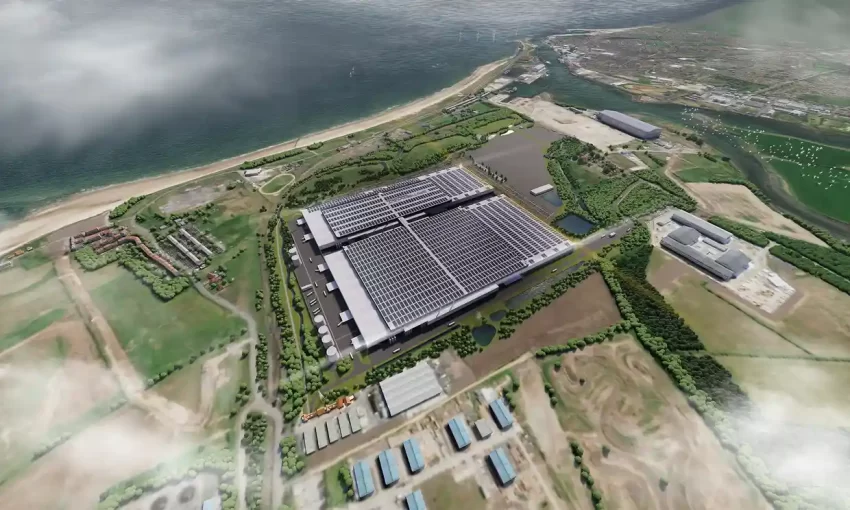Receive free Wildfires updates
We’ll send you a myFT Daily Digest email rounding up the latest Wildfires news every morning.
At least 55 people have been killed and hundreds are missing after one of the deadliest wildfires in modern US history tore across the Hawaiian island of Maui.
US president Joe Biden this week declared a major disaster in the wake of the fires, which began on Tuesday and have engulfed the historical town of Lahaina in the popular tourist destination.
Firefighters are still battling multiple blazes across the island, which have destroyed homes and businesses. The fires were fanned by strong winds from Hurricane Dora, passing hundreds of miles south of Hawaii, and were exacerbated by dry conditions.
The Maui County mayor’s office said on Thursday evening there were 55 confirmed deaths, up from 36 on Wednesday.
Hawaii governor Josh Green said the wildfires were “likely the largest natural disaster in the state’s history”.
Biden ordered Federal aid to supplement state and local recovery efforts in the areas affected by wildfires, which include western parts of the island as well as inland areas.
The Hawaiian fires follow an unusually active wildfire season in the northern hemisphere, with fires raging in Canada for almost four months. Smoke from the Canadian fires, which have so far burnt more than 13mn hectares of boreal forests, descended on New York and other US cities earlier in the summer.
The fires on Maui broke out on the same day that scientists confirmed that July was the hottest month on record. Rising temperatures around the world are causing droughts in many countries and exacerbating wildfires.
Dr Thomas Smith, associate professor in environmental geography at the London School of Economics and Political Science, said that while wildfires were not unusual in Hawaii, the current fires were “burning a greater area than usual, and the fire behaviour is extreme, with fast spread rates and large flames”.
He said that vegetation in the lowland areas of Maui was “particularly parched this year”, because of below average precipitation in the spring and little rainfall this summer.
He added that temperatures in the US state have been above average, particularly overnight temperatures.
“This is important because low relative humidity drives more extreme fire behaviour, and if relative humidity remains low overnight, the fires become difficult to control and can spread for multiple days,” he said.
Katharine Hayhoe, chief scientist at the Nature Conservancy, wrote in a tweet: “Climate change doesn’t usually start the fires; but it intensifies them, increasing the area they burn and making them much more dangerous.”
On Thursday morning local time, officials said the fire in Lahaina, which had been left without power, was 80 per cent contained. Tourists in the town, once Hawaii’s royal capital, had been forced to jump into the sea and tread water for hours to escape the flames.
More than 11,000 people were without power across Maui on Friday morning, according to Poweroutage.com.
Emergencies shelters have been set up across the island, housing almost 1,500 people, while more than 1,000 others sought refuge at Kahului Airport. Tens of thousands of people have been evacuated.
Officials said state and county crews were working to clear roads and other areas of trees and debris.
Dr Douglas Kelley, a land surface modeller at the UK Centre for Ecology & Hydrology said: “The number of deaths and evacuations suggest it’s more than local emergency services normally cope with. This would therefore be classed as an extreme and unusual wildfire event.”




